ARTICLES
Zero Dark Thirty – ‘war autism’ or a Lacanian ethical act?
By Agnieszka Piotrowska
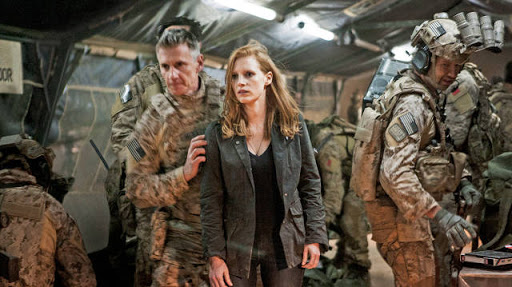
Excerpt: “[This article] focuses on the main character, Maya[‘s (Jessica Chastain)] ultimate commitment to the project of capturing Osama bin Laden as presented in Kathryn Bigelow’s film through the lens of the Lacanian notion of the ethical act consisting of ‘not giving up on one’s desire’ and, once the commitment is made, to be able to be faithful to it ‘beyond the limit’ as Lacan (1992, 305) puts it – or ‘to the end’ in Žižek’s words. I will also suggest that Maya’s position is also a response to trauma, as, in a way, is that of Antigone, the protagonist under scrutiny in Lacan’s Seminar VII on ethics.” READ THE FULL ARTICLE HERE
Delinquent daughters: Hollywood’s war effort and the ‘juvenile delinquency picture’ cycle
By Tim Snelson
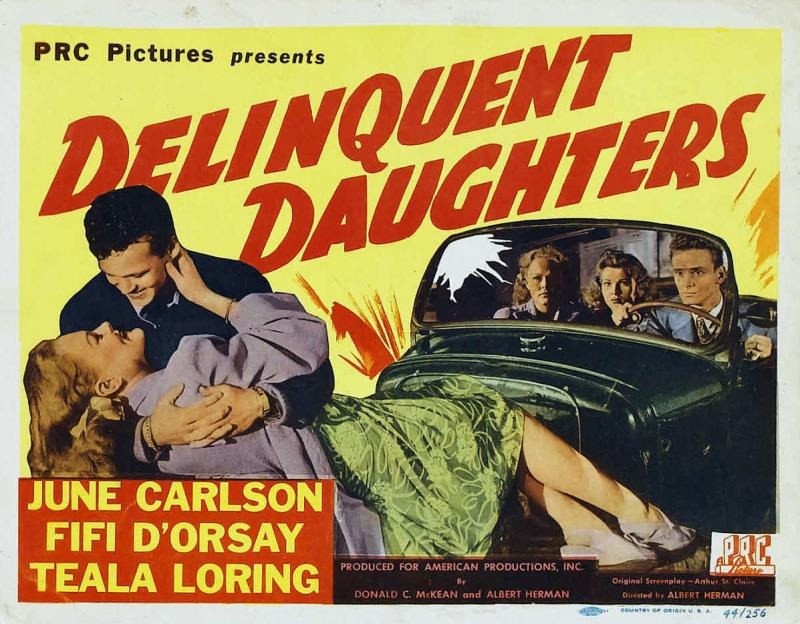
Excerpt: “This cycle of films – which included Where Are Your Children? (1943), Youth Runs Wild (1944), Are These Our Parents? (1944), Delinquent Daughters (1944), I Accuse My Parents (1944), Teen Age (1944), and Youth Aflame (1944) – provoked politically charged discursive struggles within the middlebrow press, which interpreted them in relation to the more local youth problems of their respective cities. The press judged these films not for their aesthetic merits but for their potentially positive or negative influence on both juvenile delinquency and policing strategies within their localities. The second half of this paper will look at the discussion of these films within the New York press, particularly with regard to how the political perspectives of different newspapers influenced their reception. As I will suggest, by focusing on the localized nature of a cultural phenomenon such as juvenile delinquency, as well as on the media reception of its filmic representation, we can reorient our understanding of the interrelations between political, social, and media histories.” READ THE FULL ARTICLE HERE
Nature scaled to body: literary adaptation, space, and genre in Terrence Malick’s The Thin Red Line (1998) and G.W. Pabst’s Westfront 1918 (1930)
By Jaimey Fisher
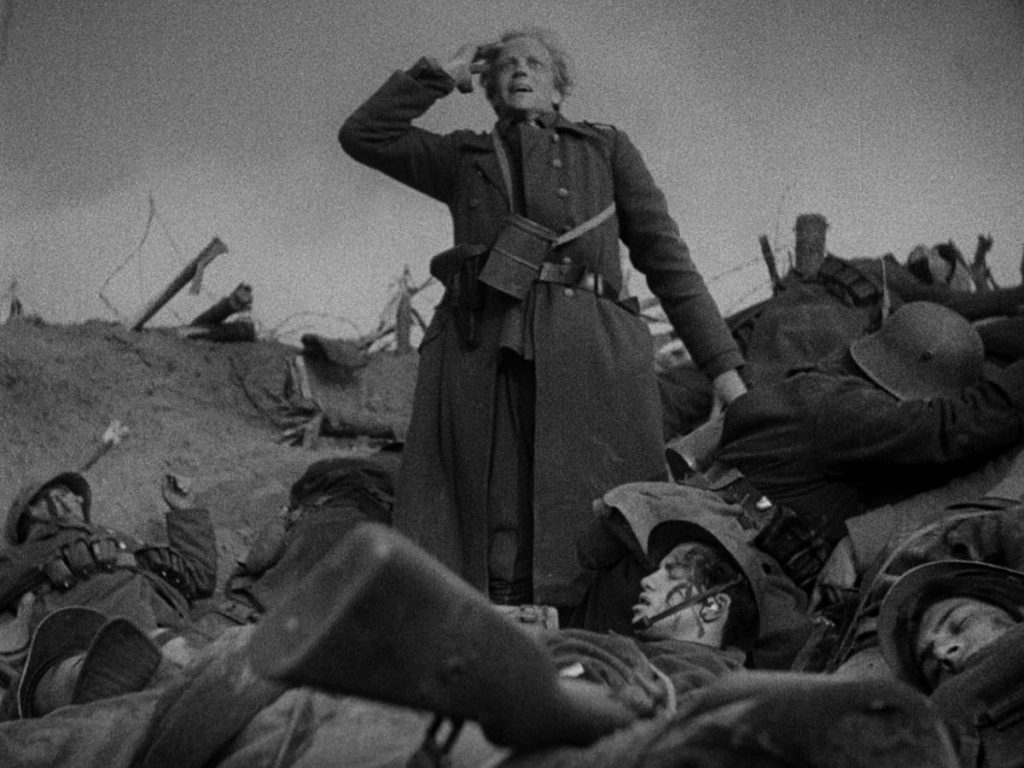
Excerpt: “The interplay of these two embodied affects – of the experience of an expansive or constrictive body – seems highly relevant for the filmic adaptations of war stories. A comparison of these anti-war film adaptations highlights, in fact, the importance of precisely these mechanisms. The changes introduced in Pabst’s adaptation would seem, I think, to anticipate those of Malick on Jones’ text, underscoring how highly skilled filmmakers can deploy a style intensifying embodied affect in an audio-visual adaptation. For example, both Westfront and The Thin Red Line vary the usual trajectory of home to front by starting in medias res – and far from home – but both then offer settings whose comforts will contrast corporeally to the front.” READ THE FULL ARTICLE HERE
Nobody’s home: the ecology of Terrence Malick
By Ted Geier

Excerpt: “Malick’s cinema was, for a time, marked by its curious episodics. There were two striking New Hollywood statements cementing him in the American auteur renaissance, as well as establishing his abiding fixation on American commentaries – on the cultures of identity and fame, on its land and labor, on its boundless taste for the violent aition. Then, a murky twenty-year gap punctuates the pre-millennial Malick before his return through critical refigurings of perhaps the two most definitive American origin stories. In proper order, The New World (2005) strikes out to explore the very question of ‘American’ and then The Thin Red Line wonders at the claim of an exceptional American century at war as it was commemorating itself throughout the nineteen-nineties. This is not to frame Malick as merely the reflexive American auteur.” READ THE FULL ARTICLE HERE
Mindful violence? Responses to the Rambo series’ shifting aesthetic of aggression
By Steve Jones
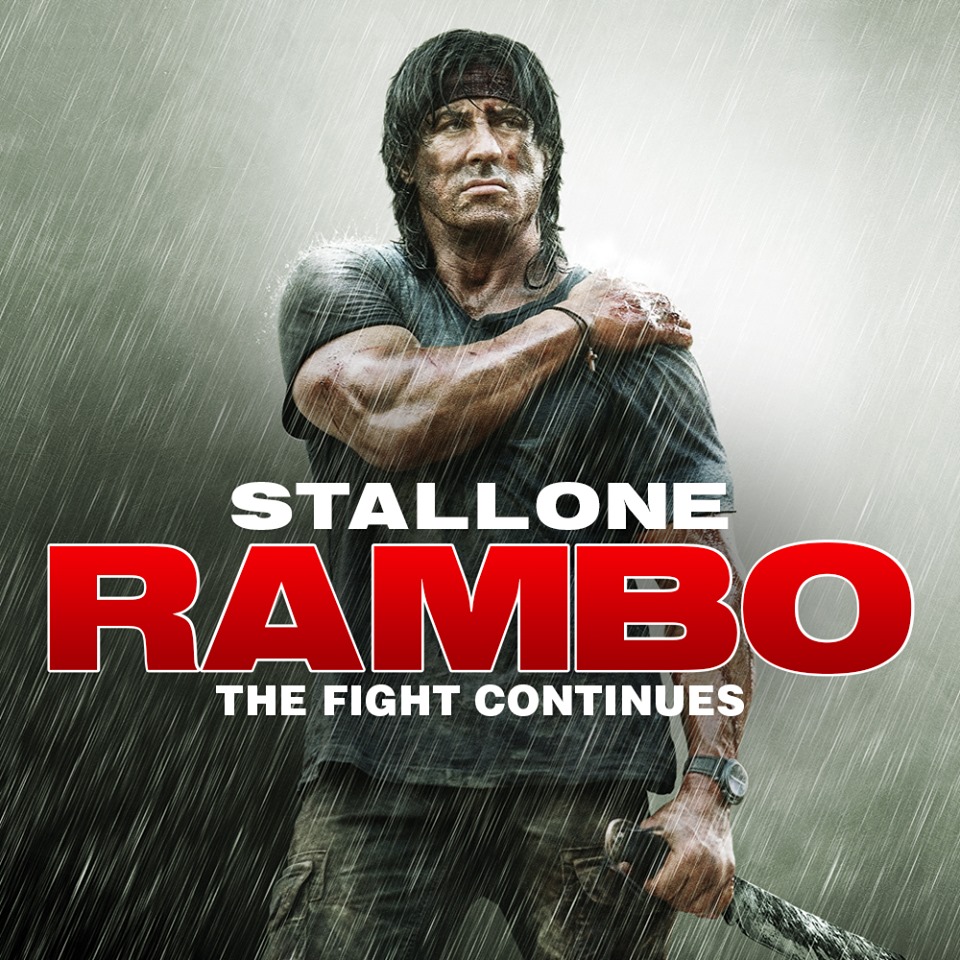
Excerpt: “The popular critical view is that the Rambo films have become ‘dumber, nastier, louder and bloodier’ since their inception in 1982. However, it is not apparent from adverbial comparisons such as ‘bloodier’ whether this grievance is based on a qualitative or quantitative assessment. As a starting point for my discussion of the series’ uses of violence, I will investigate that problem in detail. While I will consider other forms of violence later in this section, since the term ‘body count’ has become synonymous with Rambo’s violence, for the time being I will concentrate on murder as an indicative act of violence. The increasing body count of each film has been used by reviewers as a measure of the series’ diminishing worth.” READ THE FULL ARTICLE HERE
Stanley Kubrick and the internationalisation of post-war Hollywood
By Peter Krämer
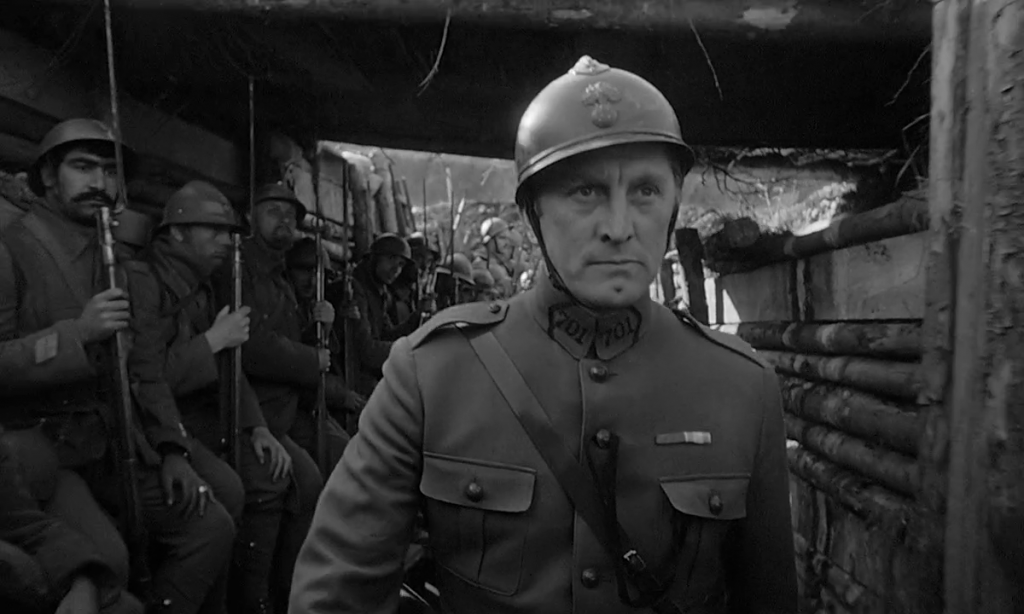
Excerpt: “While mainly focusing on the American soldiers, the film resolutely refuses to state, or even to imply, their moral superiority. Instead of taking sides in the conflict, Fear and Desire focuses on what military combat means for, and does to, soldiers on both sides. Indeed, it includes extensive dialogue in which the enemy general, shortly before he is killed, critically reflects on his role in the war, expressing insecurity and guilt, a sense of being trapped in a particular role and nevertheless responsible for countless deaths. The film emphasizes that combat transforms all combatants (from the youngest recruit to a hardened general), allowing or forcing them to experience themselves in a new way, more specifically in a way which makes it impossible for them to return to their everyday lives (even if they do not die or go crazy).” READ THE FULL ARTICLE HERE
Fauda: the Israeli occupation on a Prime Time Television Drama; or, the melodrama of the enemy
By Yael Munk
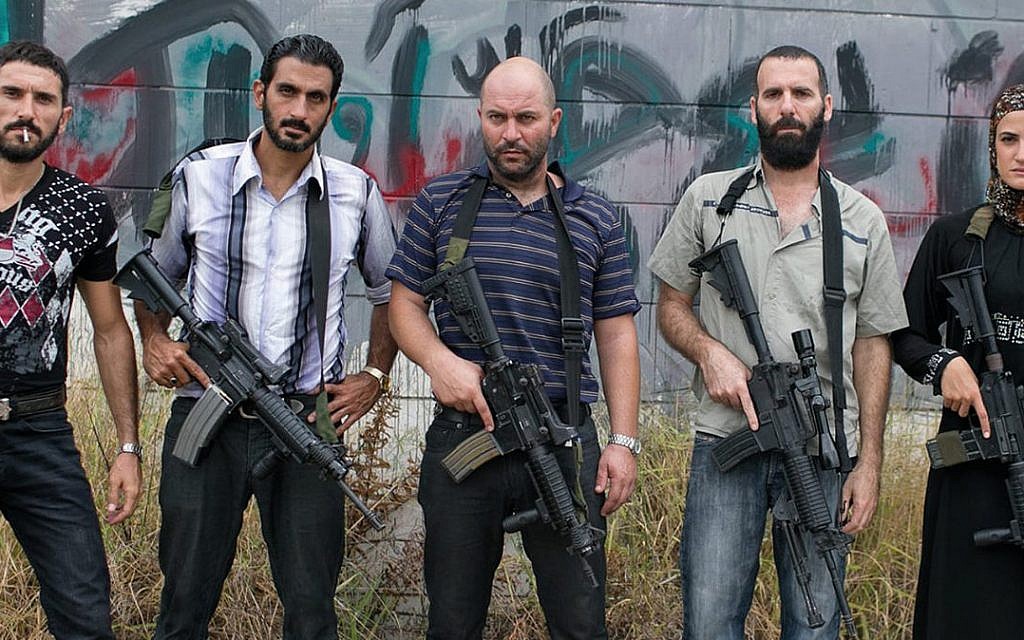
Excerpt: “But the problem was soon resolved: As Shalom says in the same interview: ‘luckily enough, terror intensified.’ Fauda ultimately challenges Israeli national perceptions of the enemy, and leaves the spectator with mixed feelings about what it is that feeds the animosity in Israeli society. In fact, it is not so much the Palestinians as ‘the enemy within.’ The series begins with the hunt for a faceless enemy and ends with patriotism no longer playing a part in the characters’ actions and decisions (as borne out by the main character’s affair with a beautiful Palestinian doctor and his wife’s affair in the final episode). As such, Fauda joins a series of post-political Israeli films that reject the normalization of war discourse ( and reveal the other side of politics, which Etienne Balibar describes as ‘[…] the scene of the other, where the visible, yet incomprehensible victims and enemies are located at the level of fantasy.'” READ THE FULL ARTICLE HERE
(Dis)solving Bosnia: John Moore’s Behind Enemy Lines and Danis Tanovic’s No Man’s Land
By William Van Watson
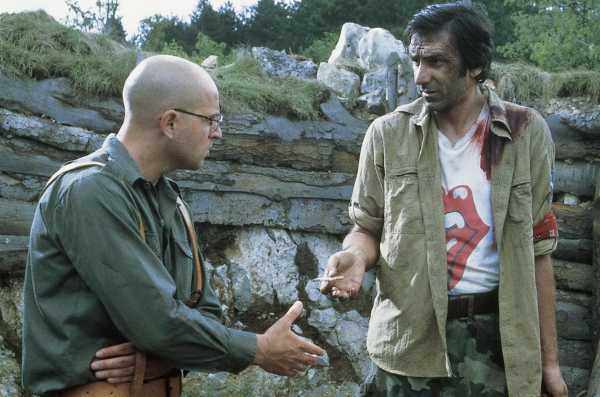
Excerpt: “Tanovic exposes the absurdity of this policy of inaction when both the Serb and Bosnian forces in his film request UNPROFOR intervention. Colonel Soft refuses, revealing his own ethnic snobbery in the process: ‘You can’t expect me to risk the lives of our soldiers in order to save theirs.’ The ineffectuality of UNPROFOR earned them the nickname ‘smurfs’ and figures prominently in No Man’s Land (). The militarily ludicrous spectacle of their ostentatiously whitewashed tin‐can tanks and celestial blue helmets, ostensibly to connote them as purveyors of innocence or peace, rendered them clear and easy targets against the green fields and hillsides of the former Yugoslavia. Cognizant of his vulnerability, Sergeant Marchand implores the Serbs not to shoot when he and his men pass by in order to investigate the situation in the trench. Marchand, ‘sick of being a bystander’, chafes under Captain DuBois’s command of inaction, aware that UNPROFOR has sufficient forces to bring down the belligerent leaders and enforce true peace in a matter of days. He observes: ‘You can’t be neutral facing murder.” READ THE FULL ARTICLE HERE
‘Movie‐of‐the‐Week’ docudrama, ‘historical‐event’ television, and the Steven Spielberg series Band of Brothers
By Derek Paget & Stephen N. Lipkin
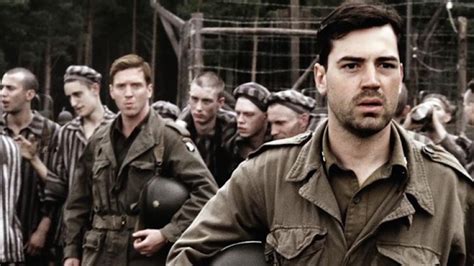
Excerpt: “Framed by the post‐September 11 cultural context in, and outside, America, Band of Brothers argues for strong, enabling leadership, and for the nobility of a war that is necessary to rescue Americans and American interests against a malign and alien ideology easily characterised as fanatical. Throughout, Band of Brothers emphasises the need for strong, effective leadership, beginning with issues raised in boot camp by the conflicts between a martinet officer, Captain Sobel (David Schwimmer), and his more naturally authoritative (and more efficient) subordinate Lieutenant Winters. Decisions made in each major campaign Easy Company faces amplify the debate about leadership at micro‐(company) and macro‐(army) levels. The survival of the company depends indirectly on macro‐decision making by its upper echelon leaders, but more importantly and dramatically on the strong leadership on the ground of men such as Winters.” READ THE FULL ARTICLE HERE
Performance, emotion, and persuasion in The Ground Truth
By Elizabeth Marquis
Excerpt: “In the case of The Ground Truth, the veteran-performers featured on screen help to impel a range of affective reactions that might, in turn, incite viewers to join the cause that the text espouses. That said, however, the emotional responses that these performers help to elicit are by no means guaranteed. In fact, while no filmic text can dictate spectator response entirely, The Ground Truth seems especially likely to move some viewers in undesired ways, thereby prompting such individuals to refuse, reject, or even actively oppose the film’s call to arms. The affect generated in part by The Ground Truth‘s performers can thus be seen as multiply influential, impinging on the film’s political efficacy in manifold, complex ways. While, on the one hand, it contributes significantly to the film’s oft-discussed radical charge, it simultaneously has the potential to motivate a subset of viewers to disregard the text and its claims.” READ THE FULL ARTICLE HERE
Zero Dark Thirty, Maya and the myth of the Calydonian Boar
By Kristen A. Adkins
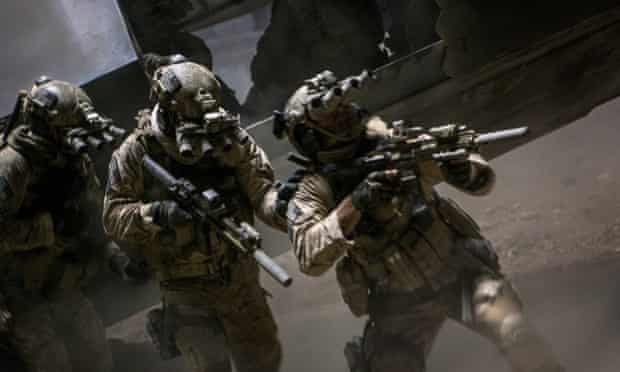
Excerpt: The cartography of the interrogation scene in Zero Dark Thirty is makeshift in its initial manifestation. A hole in a corrugated tin roof of a military hut admits a circular shaft of light into its darkened interior, the camera pulling focus to sharpen the light-beam. In the following shots the shaft of light creates a circular spotlight effect on the floor and geographically positions violent torture. The refocusing of the camera also establishes another visual theme: the viewer is reminded of the optical apparatus involved in watching both through the lens and on the screen, an important narrative and visual feature of Maya’s progression through the film. The sound of a heavy bolt creates a dislocating effect that could be mistaken for the electrical clunk of stage lights to match the beam. READ THE FULL ARTICLE HERE.
Representing public service and post-militariness in Bodyguard (BBC, 2018)
By Katy Parry

Excerpt: The first episode was both celebrated and ridiculed by commentators for the number of women depicted as occupying professional roles and positions of authority. The opening scenes included a female train guard, suicide bomber, senior firearms officer, police sniper, and bomb disposal expert. In prominent positions of power, the Home Secretary, the Head of the Counter Terrorism Command and the titular bodyguard’s own Chief Superintendent are all women. But there is no avoidance of the anti-terror state in this programme. Indeed, the drama is not really a police procedural drama, but a hybrid political thriller more in line with the ‘serious’ conspiracy dramas mentioned by Brunsdon. In the case of Bodyguard, the psychological trauma is not that of leading female characters but is instead that associated with the lead character’s PTSD. READ THE FULL ARTICLE HERE.
REVIEWS
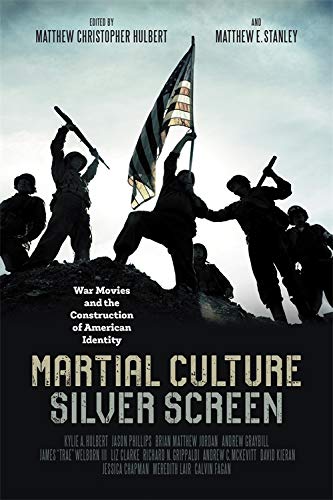
Martial culture, silver screen: war movies and the construction of American identity
Review by Cortland Rankin
edited by Matthew Christopher Hulbert and Matthew E. Stanley, Baton Rouge, Louisiana State University Press, 2020, ISBN: 9780807174722
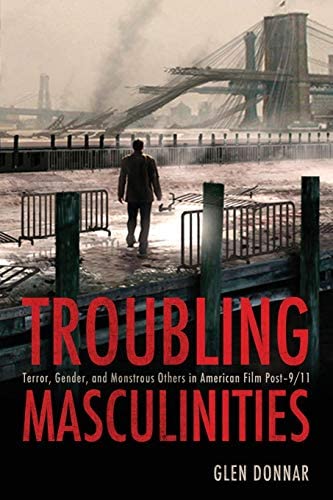
Troubling masculinities: terror, gender, and monstrous others in American film post-9/11
Review by Paul Doro
by Glen Donnar, Jackson, University Press of Mississippi, 2020, ISBN: 9781496828583

